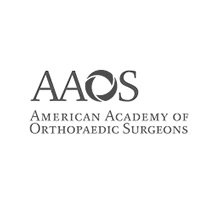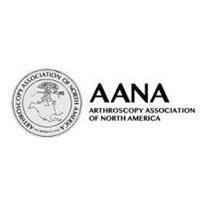Hip FAO Surgery

Femoroacetabular impingement (FAI) is a condition where the hip bones are abnormally shaped and the ball (femur or thigh bone head) and socket (acetabulum) joint of the hip bones rub against each other due to abnormal contact. Bone spurs form around the femoral head and/or acetabulum preventing smooth gliding movement of these bones against each other. This condition can damage the articular cartilage (smooth cushioning surface of the ball and socket) or cause a tear in the labrum (soft elastic tissue which forms the socket ring) in the hip joint. The progression of this injury to the tissues in the hip joint can result in degenerative joint disease and arthritis.
The two types of hip impingement are pincer and cam impingement. Pincer impingement occurs due to over coverage of the socket, whereas cam impingement occurs when the abnormally shaped femoral head doesn’t fit well in the acetabulum. Sometimes, both types are present together and are called combined impingement.
FAI can be treated with femoroacetabular osteoplasty (FAO), a surgical procedure performed to remove the protruding bony areas of the hip joint, thereby allowing an impingement-free range of motion of the hip.
Surgical procedure
The goal of FAO involves:
- Reshaping the protruding region of the femur and/or acetabulum
- Repair torn labrum
- Perform arthroscopic microfracture and/or removal of articular cartilage
Osteoplasty for FAI can be performed by open surgical dislocation, arthroscopy, or a mini-open procedure.
Open surgical dislocation
Your doctor will make an incision of about 6 to 10 inches, and cut the upper thigh bone to dislocate the femoral head from the socket so that all the parts of the hip joint can be exposed. The complete dislocation allows repair of the labrum tears and bony abnormalities of the femoral head, and allows intraoperative protection of the blood supply to the hip.
The procedure can be completed in 2-3 hours and requires an overnight hospital stay. It is not recommended in patients with athletic demands, significant hip degeneration or older patients.
Arthroscopy
Your surgeon will use an arthroscope (instrument consisting of a small camera and lighted device) to visualize and treat the damaged hip joint. Two to four incisions of approximately 1 cm will be made to conduct the procedure. Arthroscopy can be used to treat the various problems associated with FAI such as damaged cartilage, labrum tears and friction between the bones. It can also be used to reshape the femoral head into a round sphere or trim the acetabulum to restore the joint’s smooth movement.
Arthroscopic microfracture can be performed to deliver stem cells into the area of the damaged cartilage to stimulate the growth of healthy cartilage. Without the labral repair and bony decompression, the procedure takes about an hour, whereas conditions requiring labral repair and decompression are performed within 2-4 hours. Arthroscopic procedures require care to avoid blood vessel damage during osteoplasty.
Mini-open procedure
Mini-open surgery combines both open and arthroscopic procedures. Your surgeon will make an incision and insert an arthroscope. A capsulotomy (incision to help visualization and instrument navigation) is performed and the hip is slightly extended to treat the labrum, acetabular rim and internal compartments of the abnormal hip bones using a high-speed or arthroscopic burr. This approach avoids the risk of damage to nerves and the femoral cartilage.
Post-operative care
You may experience numbness or tingling after surgery due to anesthesia. The catheter placed for urinary retention will be removed on the next day of the procedure. You will be on overnight intravenous fluids and medications to relieve pain, and on anti-coagulation therapy to prevent clots in the veins after the surgery. On the next day of surgery, you may be recommended for physical therapy following which you can be discharged to home.
After the FAI surgery, you will require 3 to 4 months of rehabilitation to recover and perform activities without obstruction.
Risks and complications
As with any surgical procedure, hip FAO surgery may involve the following potential risks and complications.
- Hip dislocation and instability
- Abnormal formation of bone in the soft tissues
- Nerve injury
- Dead bone at the femoral head
- Femoral neck fracture
- Scarring
- Infection
- Deep vein thrombosis (blood clots in the veins)
Benefits
FAO restores physical activity and reduces pain in patients with FAI having minimal or no arthritis.










